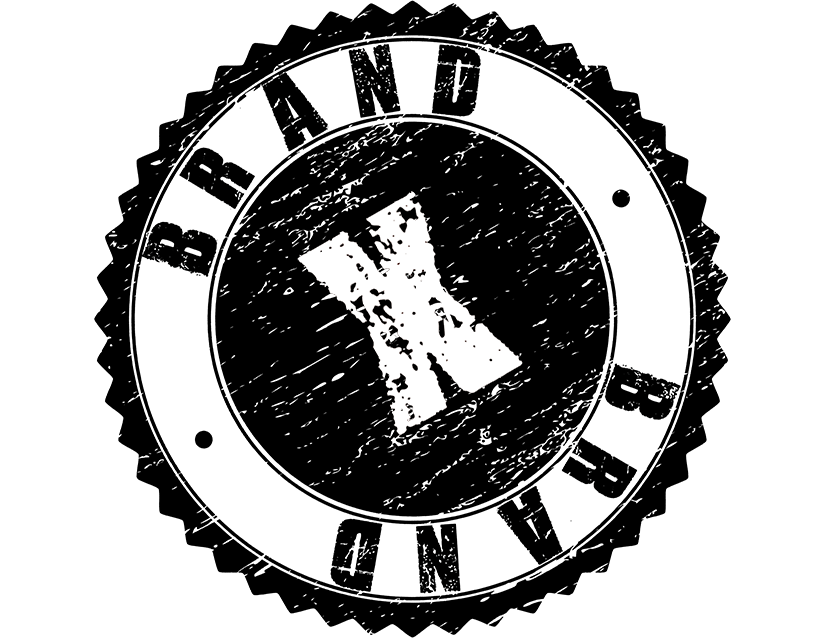
Published in The Business News on August 29th, 2018.
Benjamin Franklin once said, “a failure to plan is a plan for failure”. Now, I never met Benjamin Franklin but I would like to think that he was referring to the PCs, software and network infrastructure he utilized in his workshop. Mr. Franklin knew the importance of a sound strategy and when it comes to your business technology, you should too.
In the early stages of starting your own business, the only plan is to stay in business. Create product, provide service, get the name out there and stay in the black. This strategy focuses on the immediate needs of the business. However, the day will come where your immediate needs are met and that is when you must start to consider long-term needs, or even wants.
Unless your business is technology, you probably will not start your planning with technology. You should start by deciding what success looks like to you and where you want your business to go. Focus on why you started and what you hoped to accomplish. Build on that with what you have learned. Create a vivid picture of success. Write it down, draw it out and say it out loud until you believe it and you cannot wait to make it happen. Now you are ready.
Now that you know where you are going, you will need a healthy dose of reality. i.e. where am I now? Many will say that you should start with the “where am I” stage but I personally don’t like to allow something as trivial as reality, to interfere with my dreaming process. You should already have a good sense of where you are but reviewing financials, capabilities and current goals should get you going in the right direction.
- Where are we going? (check)
- Where are we? (check)
How do we get there?
Getting there is the fun part. It is time to set goals and track those goals to ensure success. I am going to focus on technology goals, as that is my area of expertise. I will, however, caution you not to forget culture goals. You started this business for a reason. If you start sacrificing who you are, you will never get it back.
Strategic Planning
Strategic planning for business technology is, in many ways, similar to planning other areas of your business. In this case, start with the reality. i.e. what do you have? Assess your assets by performing a full inventory of all technology equipment, software and services.
Make note of how your data is backed up, where it is backed up and how often those backups are tested. An assessment like this can be difficult to perform if you aren’t familiar with technology. I know of a great technology company in Appleton, WI that does a great job with technology assessments. Email me and I will get you their name and number.
With a current inventory in hand, you can now look at the goals for the rest of the business. Is your business development team going to start expanding into new territories in Q4 2018? Plan to invest in mobile computing. Will you be hiring production staff for a second shift? We may need server licensing for the additional accounts. It will all start to come together, like a puzzle.
Your IT strategy should support your business strategy and should be reviewed regularly. Plans change. Technologies change. Do not make the mistake of thinking you can ignore technology. There is no going back to file cabinets and ledgers.
Keep Your Tech Current
In addition to planning for new technologies, you will need to keep your existing assets current. For this, I recommend the following upgrade schedule:
- Servers, PCs: Replace every 3-4 years.
- CAD/Graphics Workstations: replace every 2-3 years.
- Network Infrastructure: Replace every 4-6 years.
- Mobile devices: Depends on usage/abuse. Try to keep it to 2 years.
- Software, Operating Systems: Kept current.
- Printers: Lease when you can. Replace every 3-4 years, if owned.
Maintaining your technology investment is one of the best ways to keep production running smoothly and employees efficient. A slow computer means a slow employee. A dead computer can mean stopped production. No backups may lead to lost data. These scenarios will cost you more than maintenance. Create a budget for technology and be diligent about keeping your systems working at peak performance.
You know your business better than anyone. You know why you started and where you want it to go. Create your strategy and make sure you have knowledgeable people to help you get where you need to go.
